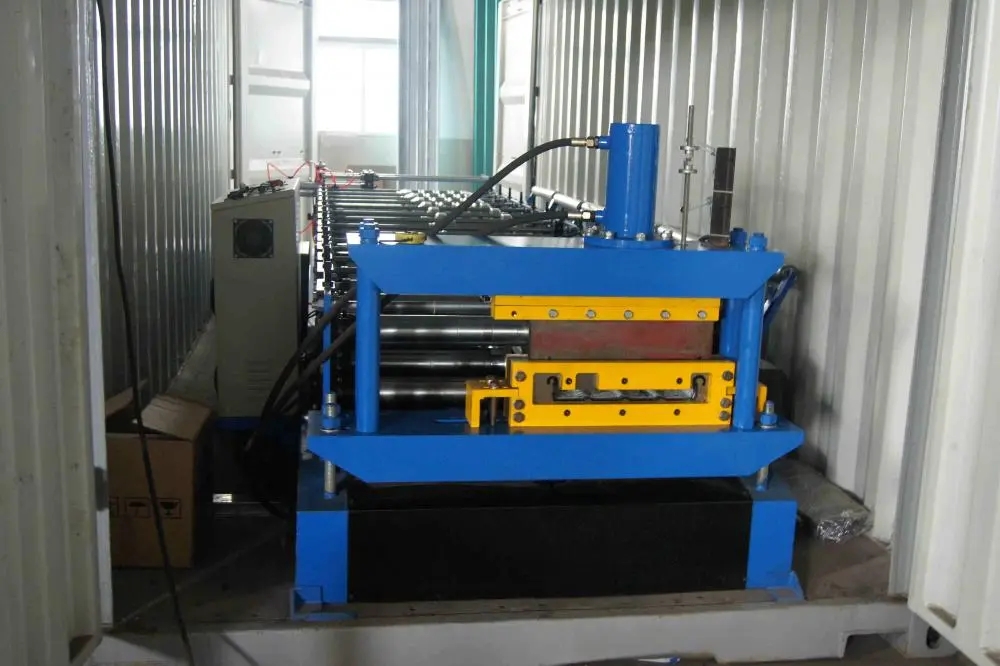
AASHTO Guardrail Cold Bending Machine Enhancing Road Safety
In the realm of highway safety, guardrails play a crucial role in protecting motorists from hazards such as steep drops, road-dead ends, and other potential dangers. To ensure these structures are both effective and durable, the American Association of State Highway and Transportation Officials (AASHTO) has established specific design and installation guidelines. One significant aspect of guardrail installation involves the use of cold bending machines. This article explores the importance of AASHTO guardrail cold bending machines and their impact on road safety.
Understanding Guardrails
Guardrails, often seen along highways and road curbs, are designed to prevent vehicles from veering off the road and into dangerous areas. These barriers must meet stringent performance standards to withstand the impact of a vehicle and minimize injury to occupants. AASHTO provides the necessary guidelines for designing and implementing guardrails that can effectively absorb kinetic energy and redirect vehicles safely.
The Role of Cold Bending Machines
One of the critical aspects of guardrail assembly is the bending of the guardrail sections to fit the specific contours of the roadway. Cold bending machines are specialized equipment that facilitates this process. These machines are capable of bending steel guardrails to precise angles without the application of heat, ensuring that the structural integrity of the material remains intact.
Cold bending has several advantages over traditional methods. Firstly, it allows for greater flexibility and customization of guardrail configurations, which is essential for adapting to various road conditions. Secondly, cold bending maintains the properties of the steel, preventing it from becoming brittle or weakened, which can sometimes occur with hot bending techniques.
Benefits of Using AASHTO Cold Bending Machines
1. Precision Engineering AASHTO cold bending machines are designed to meet strict tolerances and specifications. This precision ensures that each guardrail section is uniform, resulting in a more consistent installation and improved overall performance.

2. Increased Safety By producing guardrails that adhere closely to AASHTO standards, these machines significantly enhance road safety. Properly installed and bent guardrails minimize the risk of vehicle penetration during collisions, thereby protecting occupants.
3. Cost-Effectiveness The efficiency of cold bending machines reduces labor costs and material waste. Operators can quickly bend lengths of guardrail on-site, eliminating the need for transport of pre-bent sections and decreasing overall project timelines.
4. Durability and Longevity Guardrails produced with cold bending machines are more durable over time. The technique preserves the properties of the steel, ensuring that the guardrails can withstand harsh weather conditions, rust, and physical impacts.
5. Environmental Considerations Given that cold bending does not require heating the metal, it consumes less energy than hot bending processes. As governments and agencies strive to adopt more environmentally friendly practices, using cold bending methods aligns with these goals.
The Future of Road Safety
As the demand for safer roadways continues to grow, the application of advanced technologies, such as the AASHTO guardrail cold bending machine, will become increasingly vital. Innovations in material science and manufacturing processes could further enhance the effectiveness of guardrails. For instance, integrating smart technologies that can monitor guardrail performance and detect damage in real-time could revolutionize how we manage road safety.
Moreover, as more municipalities adopt AASHTO standards, the use of cold bending machines could become the industry norm. This shift would not only standardize guardrail installation but also enhance public confidence in roadway safety measures.
Conclusion
In summary, AASHTO guardrail cold bending machines represent a significant advancement in highway safety technology. Their ability to produce precise, durable, and adaptable guardrail solutions ensures that roadways remain safe for motorists. As we move forward, embracing such machinery will be crucial to improving the safety standards of our transportation infrastructure. Investing in these technologies is not merely a matter of regulatory compliance but a commitment to protecting lives on the road.